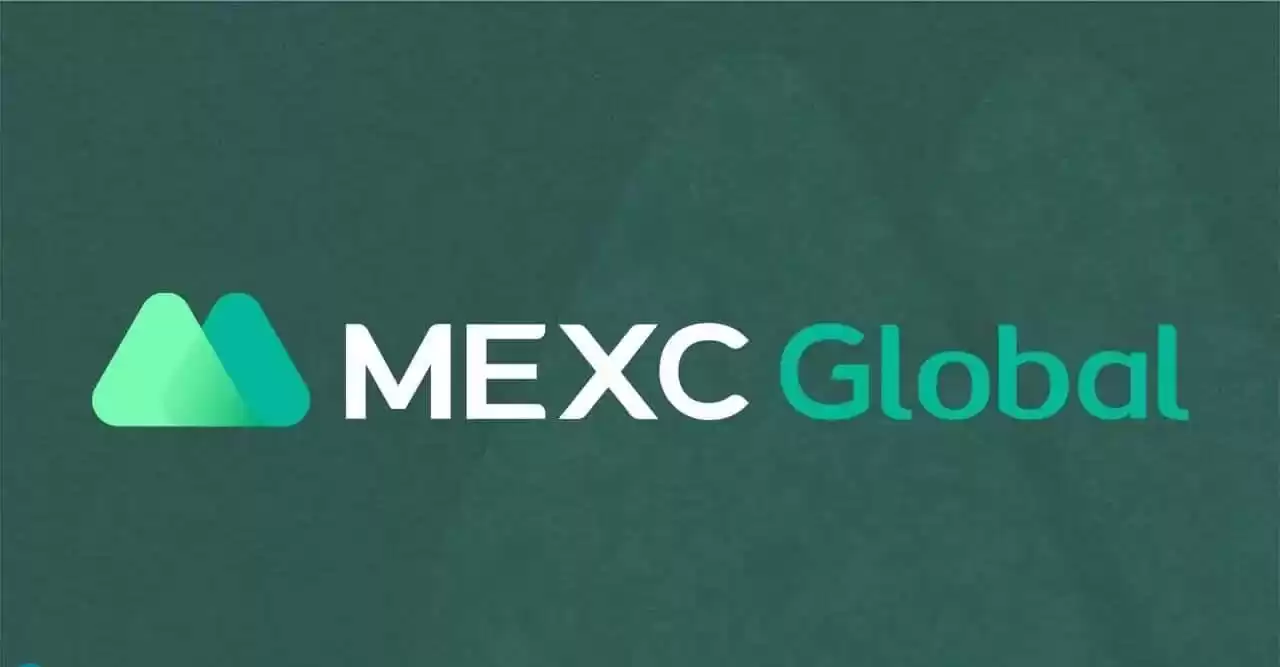-
 Bitcoin
Bitcoin $114500
-0.31% -
 Ethereum
Ethereum $3648
1.11% -
 XRP
XRP $3.033
-0.27% -
 Tether USDt
Tether USDt $0.9999
-0.01% -
 BNB
BNB $758.5
-0.32% -
 Solana
Solana $167.5
1.48% -
 USDC
USDC $0.9998
-0.02% -
 TRON
TRON $0.3331
0.74% -
 Dogecoin
Dogecoin $0.2039
0.25% -
 Cardano
Cardano $0.7419
-0.46% -
 Hyperliquid
Hyperliquid $39.21
2.66% -
 Stellar
Stellar $0.4049
-1.95% -
 Sui
Sui $3.483
-0.56% -
 Bitcoin Cash
Bitcoin Cash $570.8
2.89% -
 Chainlink
Chainlink $16.67
-0.57% -
 Hedera
Hedera $0.2470
-1.57% -
 Ethena USDe
Ethena USDe $1.001
0.00% -
 Avalanche
Avalanche $22.36
1.52% -
 Litecoin
Litecoin $123.4
4.35% -
 UNUS SED LEO
UNUS SED LEO $8.989
0.09% -
 Toncoin
Toncoin $3.324
-2.40% -
 Shiba Inu
Shiba Inu $0.00001219
-1.30% -
 Uniswap
Uniswap $9.811
2.54% -
 Polkadot
Polkadot $3.662
-0.07% -
 Monero
Monero $295.5
-3.85% -
 Dai
Dai $1.000
0.01% -
 Bitget Token
Bitget Token $4.345
0.24% -
 Cronos
Cronos $0.1380
0.95% -
 Pepe
Pepe $0.00001044
-1.14% -
 Ethena
Ethena $0.5981
-4.24%
How to buy MEXC contracts
Follow this comprehensive guide to navigate MEXC Contracts, from account creation to order execution, maximizing your potential profits while managing risk effectively.
Nov 10, 2024 at 06:24 pm

How to Buy MEXC Contracts: A Comprehensive Guide
MEXC contracts offer a convenient way to trade cryptocurrencies with leverage, allowing you to amplify your potential profits. This guide will provide a detailed walkthrough of the process of buying MEXC contracts, covering every step from account creation to order execution.
Step 1: Create a MEXC Account
- Visit the MEXC website or download the MEXC app.
- Click on "Sign Up" and enter your email address or mobile number.
- Create a username and password, and set up 2-factor authentication (2FA) for enhanced security.
- Confirm your account via email or SMS verification.
Step 2: Fund Your Account
- Log in to your MEXC account and click on "Wallet" > "Deposit."
- Choose the cryptocurrency you wish to deposit and follow the on-screen instructions to send your funds to the provided deposit address.
- The funds will be credited to your MEXC wallet once the transaction is confirmed on the blockchain.
Step 3: Familiarize Yourself with MEXC Contracts
- Navigate to the "Contracts" section on the MEXC website or app.
- Choose the contract you want to trade, such as BTC/USDT or ETH/USDT.
- Understand the contract specifications, including the underlying asset, leverage, expiration date, and settlement price.
Step 4: Choose an Order Type
Select the order type that suits your trading strategy. Available options include:
- Limit Order: Execute an order at a specific price or better.
- Market Order: Execute an order at the current market price.
- Stop-Limit Order: Execute an order when the market price reaches a specified level.
Step 5: Place an Order
- Enter the amount of the underlying asset you want to trade (contract size).
- Choose the leverage level, which determines the amount of borrowed funds used to amplify your position.
- Set the stop-loss and take-profit levels to manage your risk and maximize profits.
- Review your order details carefully before confirming it.
Step 6: Monitor Your Position
- Once your order is executed, track its performance in the "Positions" section.
- Make adjustments or close the position when necessary based on market movements and your trading strategy.
Step 7: Settle the Contract
- When the contract expires or when you choose to close your position, the contract is settled.
- The settlement price is determined based on the underlying asset's spot market price at the expiration date or closing time.
- Your profits or losses are credited or debited from your MEXC account accordingly.
Additional Tips for Buying MEXC Contracts
- Manage Risk Effectively: Leverage can magnify both profits and losses. Use it prudently and set stop-losses to protect your capital.
- Monitor Market Conditions: Stay updated on market news and technical analysis to make informed trading decisions.
- Practice on a Demo Account: Enhance your trading skills and strategies by practicing on a demo account before using real funds.
- Leverage Support and Resources: MEXC offers comprehensive support and educational resources to help traders succeed, including a dedicated support team, webinars, and trading tools.
Disclaimer:info@kdj.com
The information provided is not trading advice. kdj.com does not assume any responsibility for any investments made based on the information provided in this article. Cryptocurrencies are highly volatile and it is highly recommended that you invest with caution after thorough research!
If you believe that the content used on this website infringes your copyright, please contact us immediately (info@kdj.com) and we will delete it promptly.
- Meme Coins Skyrocket: Is Dogecoin About to Be Dethroned?
- 2025-08-06 03:50:13
- Tether's On-Chain Surge: USDT Dominates and Drives Blockchain Fees
- 2025-08-06 02:50:13
- Bitcoin, Treasury, Country: Bolivia Follows El Salvador's Lead, While TON Strategy Co. Makes Waves
- 2025-08-06 03:50:13
- Succinct's PROVE Token & Mainnet Launch: A New Era for ZK Proofs
- 2025-08-06 02:50:13
- CEA Industries Rebrands as BNB Network Company: A New Era for BNB Treasury
- 2025-08-06 03:55:14
- Terra Classic's Market Module Revival: The v3.5.0 Upgrade and What It Means for LUNC
- 2025-08-06 02:30:12
Related knowledge

Why is my Bitstamp futures position being liquidated?
Jul 23,2025 at 11:08am
Understanding Futures Liquidation on BitstampFutures trading on Bitstamp involves borrowing funds to open leveraged positions, which amplifies both po...

How to report Bitstamp futures for taxes?
Jul 30,2025 at 08:35am
Understanding Bitstamp Futures and Taxable EventsWhen trading Bitstamp futures, it’s essential to recognize that these financial instruments are treat...

Does Bitstamp offer inverse contracts?
Jul 23,2025 at 01:28pm
Understanding Inverse Contracts in Cryptocurrency TradingIn the realm of cryptocurrency derivatives, inverse contracts are a specific type of futures ...

What is the difference between futures and perpetuals on Bitstamp?
Jul 27,2025 at 05:08am
Understanding Futures Contracts on BitstampFutures contracts on Bitstamp are financial derivatives that allow traders to speculate on the future price...

How to find your Bitstamp futures trade history?
Jul 23,2025 at 08:07am
Understanding Bitstamp and Futures Trading AvailabilityAs of the current state of Bitstamp’s service offerings, it is critical to clarify that Bitstam...

Can I use a trailing stop on Bitstamp futures?
Jul 23,2025 at 01:42pm
Understanding Trailing Stops in Cryptocurrency TradingA trailing stop is a dynamic type of stop-loss order that adjusts automatically as the price of ...

Why is my Bitstamp futures position being liquidated?
Jul 23,2025 at 11:08am
Understanding Futures Liquidation on BitstampFutures trading on Bitstamp involves borrowing funds to open leveraged positions, which amplifies both po...

How to report Bitstamp futures for taxes?
Jul 30,2025 at 08:35am
Understanding Bitstamp Futures and Taxable EventsWhen trading Bitstamp futures, it’s essential to recognize that these financial instruments are treat...

Does Bitstamp offer inverse contracts?
Jul 23,2025 at 01:28pm
Understanding Inverse Contracts in Cryptocurrency TradingIn the realm of cryptocurrency derivatives, inverse contracts are a specific type of futures ...

What is the difference between futures and perpetuals on Bitstamp?
Jul 27,2025 at 05:08am
Understanding Futures Contracts on BitstampFutures contracts on Bitstamp are financial derivatives that allow traders to speculate on the future price...

How to find your Bitstamp futures trade history?
Jul 23,2025 at 08:07am
Understanding Bitstamp and Futures Trading AvailabilityAs of the current state of Bitstamp’s service offerings, it is critical to clarify that Bitstam...

Can I use a trailing stop on Bitstamp futures?
Jul 23,2025 at 01:42pm
Understanding Trailing Stops in Cryptocurrency TradingA trailing stop is a dynamic type of stop-loss order that adjusts automatically as the price of ...
See all articles

























































































